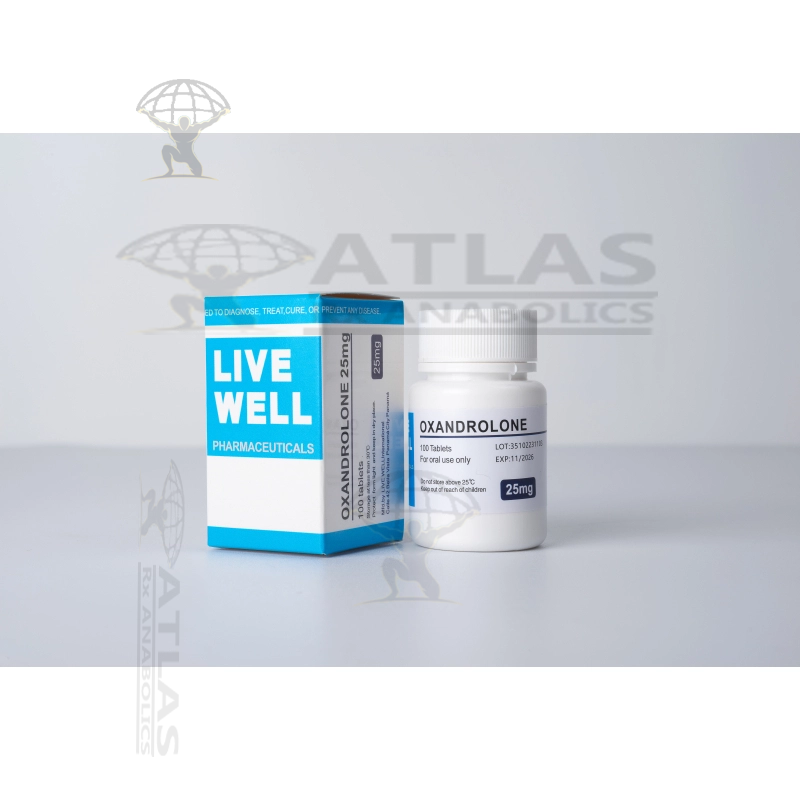Description for Oxandrolone (Anavar) 25mg
Oxandrolone, also known by its brand name Anavar, is an anabolic steroid that belongs to the class of drugs called androgens. It was first introduced in the 1960s and has gained popularity among athletes and bodybuilders due to its relatively mild nature and beneficial effects on muscle growth and strength.
Oxandrolone is derived from dihydrotestosterone (DHT), which is a naturally occurring hormone in the body. It has been modified to enhance its anabolic properties while minimizing its androgenic effects. As a result, Oxandrolone is considered a mild steroid with lower androgenic activity compared to other anabolic steroids.
One of the main uses of Oxandrolone is to promote weight gain and muscle growth in individuals who have experienced weight loss due to certain medical conditions, such as severe burns, chronic infections, or surgery. It can also be used to counteract the catabolic effects of long-term corticosteroid therapy.
Oxandrolone works by increasing protein synthesis, which helps in the building and repair of muscle tissues. It also enhances nitrogen retention, leading to a positive nitrogen balance in the body. This anabolic effect contributes to increased muscle mass and improved muscle strength.
In addition to its muscle-building properties, Oxandrolone has been found to have other beneficial effects. It can help increase bone density, which is particularly important for individuals at risk of osteoporosis. It has also been shown to improve wound healing and enhance the production of red blood cells, which can be beneficial for individuals with certain medical conditions.
When used under medical supervision and at prescribed dosages, Oxandrolone is generally well-tolerated with minimal side effects. However, like any other anabolic steroid, it does carry potential risks and side effects. These may include liver toxicity, cardiovascular complications, hormonal imbalances, and virilization in females (development of male characteristics).
Due to its potential for abuse and misuse, Oxandrolone is classified as a controlled substance in many countries. Its use without a prescription is illegal and can lead to serious health consequences.
It is important to note that the use of Oxandrolone should always be done under the guidance of a healthcare professional. They can provide proper dosing instructions, monitor potential side effects, and ensure the individual's safety and well-being.
In conclusion, Oxandrolone is an anabolic steroid commonly used to promote weight gain and muscle growth in individuals with certain medical conditions. It has mild androgenic properties and offers benefits such as increased muscle mass, improved strength, enhanced bone density, and accelerated wound healing. However, its use should be approached with caution and only under medical supervision to minimize the risk of potential side effects.
Shipping Cost
On all orders is set at $25.00
Secure checkout
Protected by Bitcoin
Offer & gift here
On all huge orders








Jayden Simmons
I can't imagine my life without this product. It has become an essential part of my daily routine.